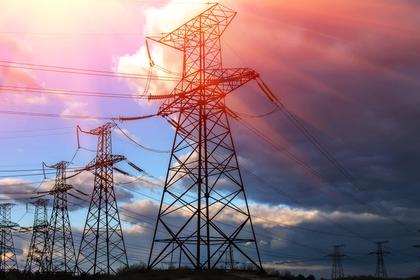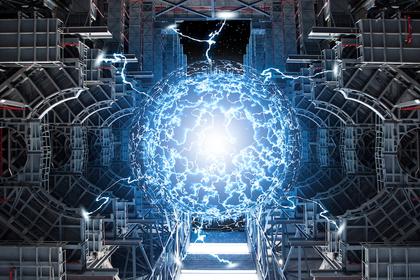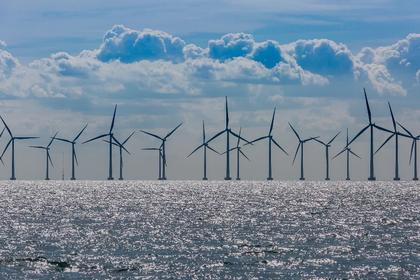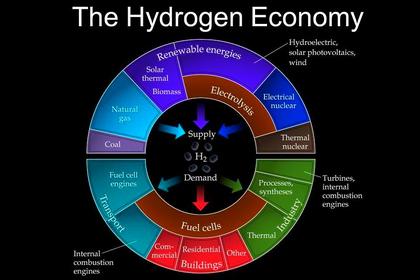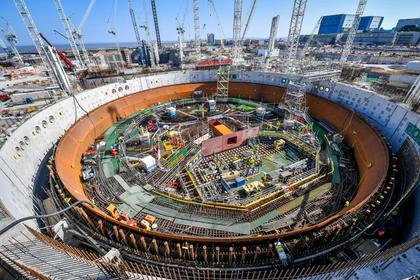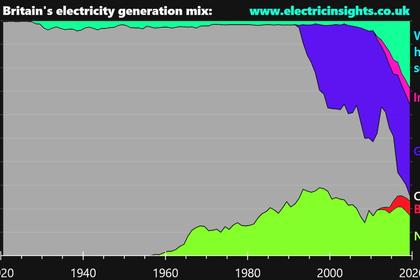
BRITAIN'S HYDROGEN PLANT 1 GW
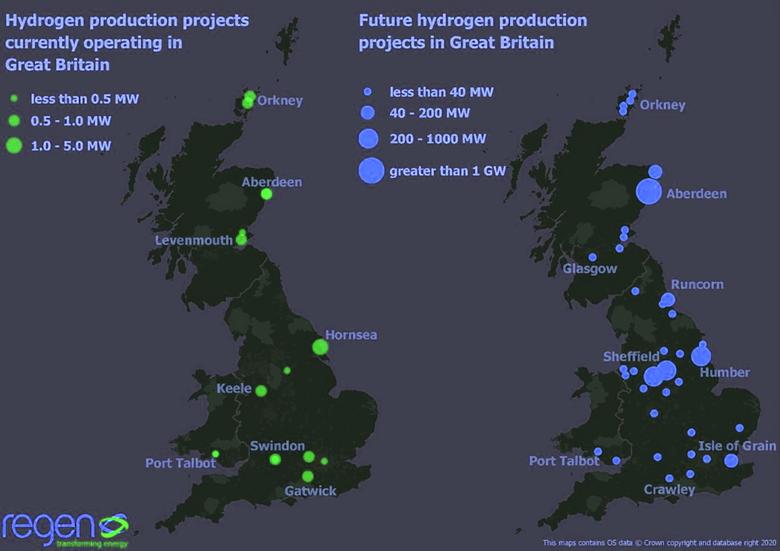
REUTERS - MARCH 18, 2021 - Energy group BP aims to build Britain’s largest hydrogen plant by 2030, it said on Thursday, as part of the country’s push to boost use of the fuel and cut greenhouse gas emissions.
The Teesside plant in northern England will have capacity of up to 1 gigawatt (GW) of so-called blue hydrogen, about a fifth of Britain’s target of 5 GW of hydrogen capacity by the end of the decade.
Blue hydrogen is produced by converting natural gas into hydrogen and storing the CO2 emissions from its production.
BP has begun a feasibility study on the project to explore technologies that could capture up to 98% of carbon emissions from the hydrogen production process. The Teesside project, dubbed H2Teesside, is expected to capture up to two million tonnes of carbon dioxide (CO2) a year and pipe it into storage below the North Sea, BP said.
H2Teesside will be linked with Net Zero Teesside (NZT), a planned industrial zone that will also be linked to a carbon capture and storage project. The hydrogen could also be used for heating residential homes in the region or for transportation, BP added.
Governments and energy companies are placing large bets on clean hydrogen playing a leading role in efforts to lower greenhouse gas emissions, but its future uses and costs are highly uncertain.
Britain on Wednesday announced an industrial decarbonisation strategy aiming to cut emissions from industry by two thirds in 15 years through projects including carbon capture and hydrogen.
“Clean hydrogen is an essential complement to electrification on the path to net-zero carbon emissions,” said Dev Sanyal, BP’s head of gas and low carbon energy.
“Blue hydrogen ... can also play an essential role in decarbonising hard-to-electrify industries and driving down the cost of the energy transition.”
The company will make a final investment decision on the H2Teeside project in early 2024 and production could begin in 2027 or earlier, it said.
Norwegian energy company Equinor last year announced plans to construct a blue hydrogen plant in the Humber region in northern England.
-----
Earlier:

